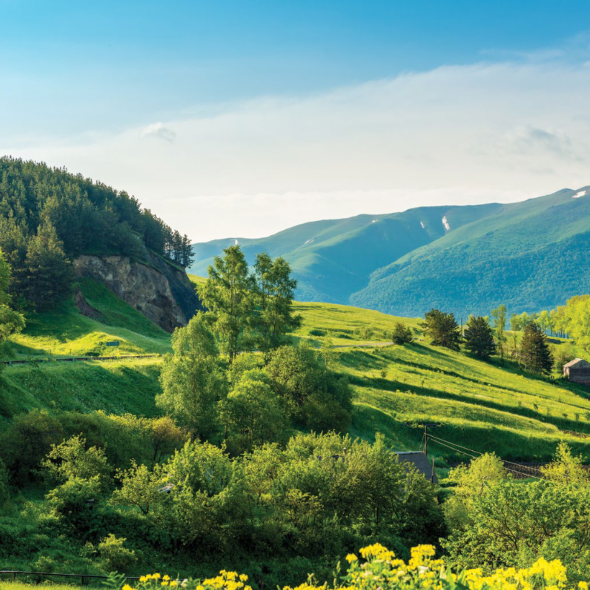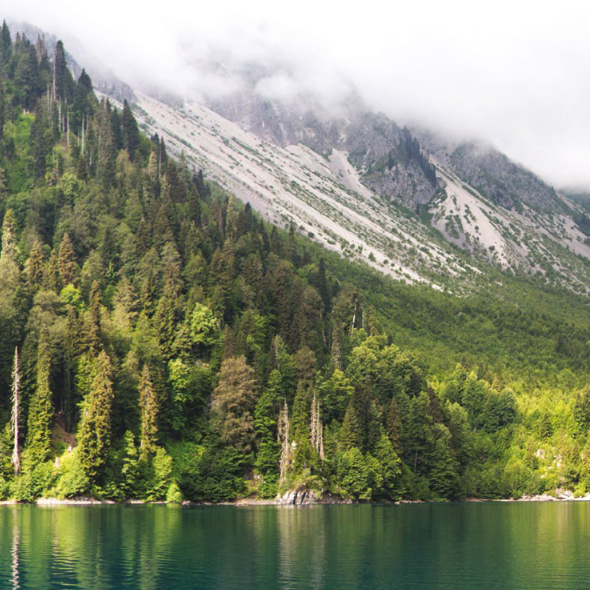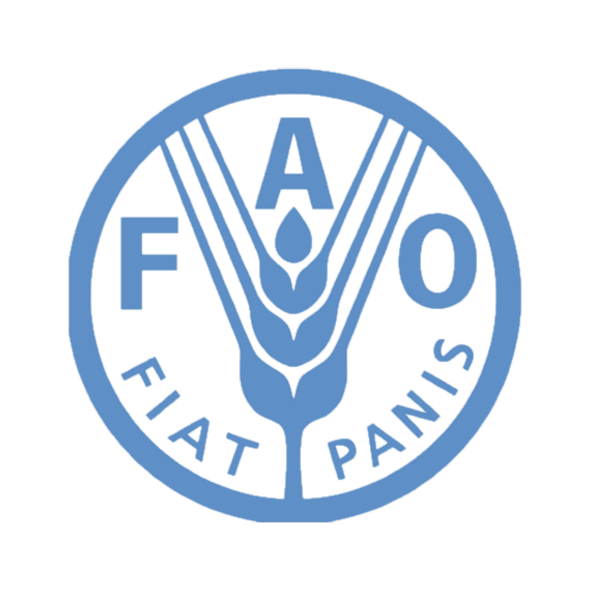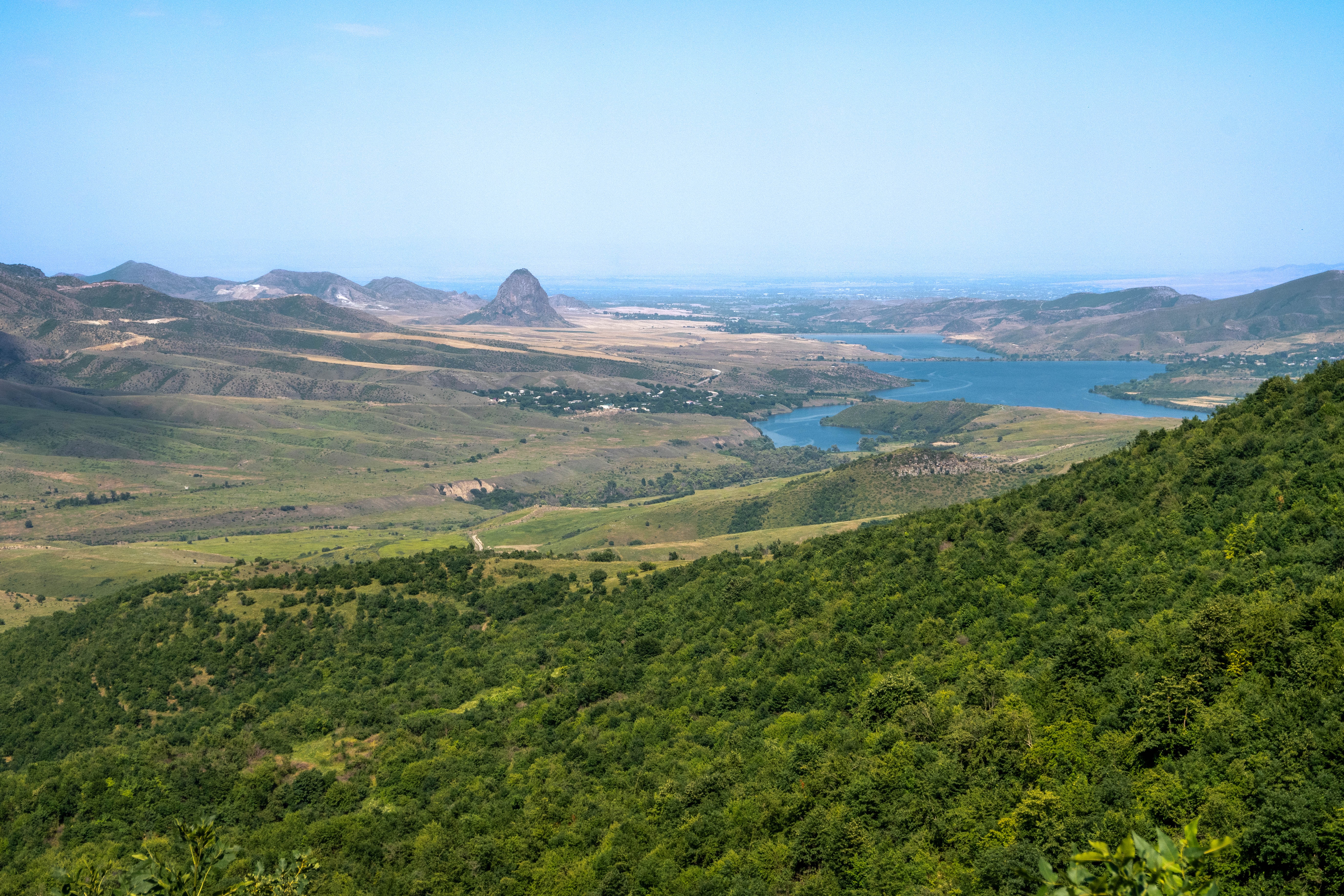
Country Profile: Armenia
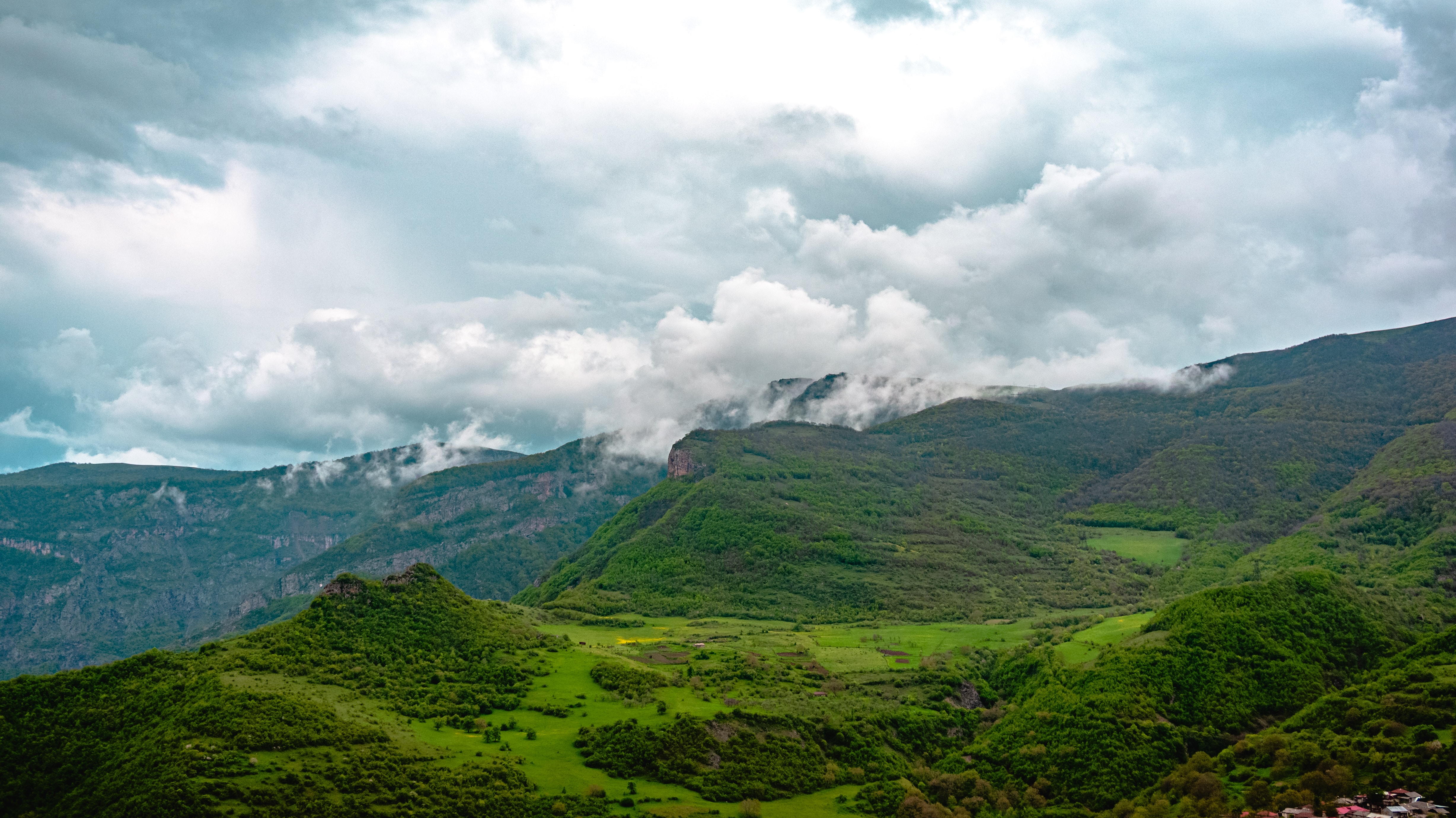
Surface area: 29.74 thousand sq. km
Population total: 2.96 million
Population density: 104.1 people per sq. km of land area
Human Development Index (value): 0.776
Share of rural population: 36.4%
GDP per capita: 4 266 USD
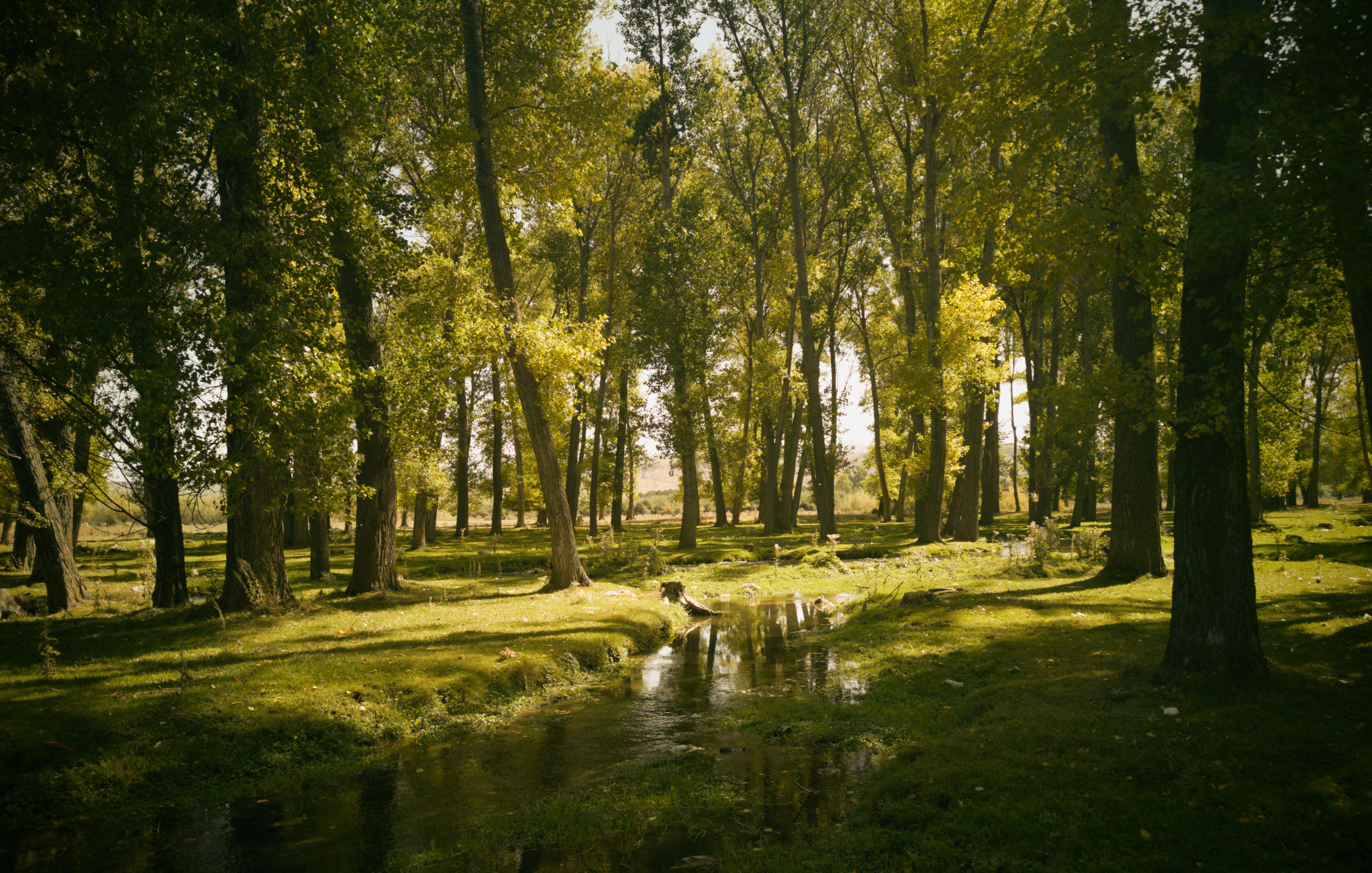
Forest cover: 11.5%
Note: some national forestry experts claim that forest cover in Armenia is around 7-8%
Forest area: 328.47 thousand ha
Share of protected forests: 13.1%
Forest-dependent population: around 75% of rural population (according to experts’ estimation)
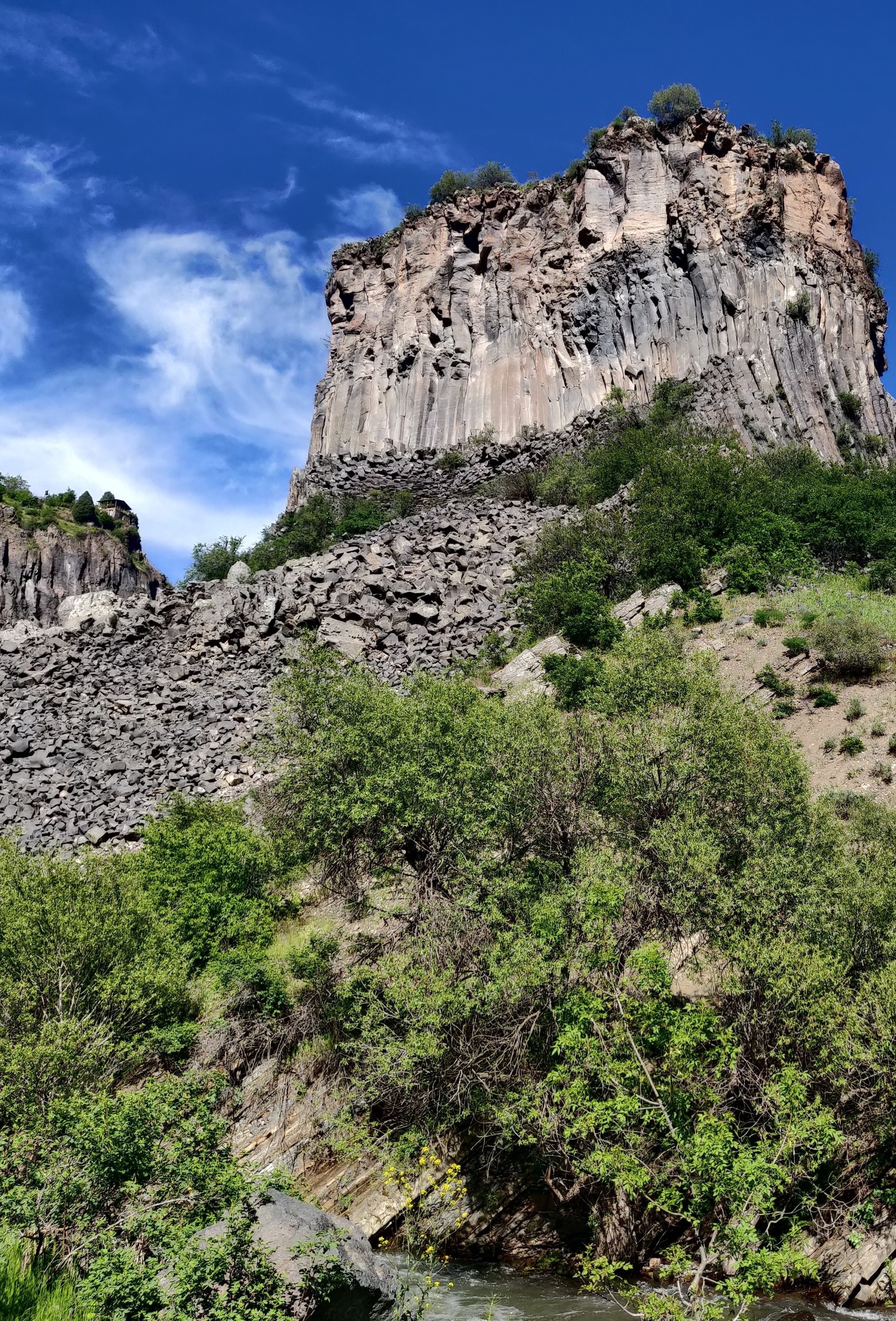
Forest ownership: 100% publicly owned
Forest management bodies:
The Forest Committee ensures the sustainable management of state forests in the field of conservation, protection and reproduction of forests. The Hyantar forest agency SNCO (State non-commercial organization) is responsible for forest management, direct protection of forests, reproduction, sustainable use of forest resources and is under the control of the Forest Committee. Hyantar has 19 branches which operate in the regions and carry out direct forest management at the local level.
Responsibility for policy formulation: the Ministry of Environment with its subordinate bodies, Forest Committee and Department of Biodiversity and Forest Policy. The Department of Biodiversity and Forest responsible for the development of policies, relevant laws and regulations related to forest sector.
Forest policy objectives: forest protection, restoration, re/afforestation and increase of forest cover.
Main policy documents: Forest Code (2005), draft Law of the RA “On Making Changes and Addendums to the Forest Code of the Republic of Armenia” (under discussion, May 2022), Strategy and National Action Plan to Combat Desertification (2015), Strategy of the Republic of Armenia on Conservation, Protection, Reproduction and Use of Biological Diversity (2015), Natural Resources Management Strategy of Armenia (2018), National Security Strategy of the Republic of Armenia (2020), Draft National Forest Development Policy, Strategy and Action Plan 2021-2030 (under review).

Share of degraded forest: around 70%
Major drivers of forest degradation and deforestation:
- illegal logging due to fuelwood collection
- grazing
- forest fires
Implemented restoration:
- from 2009 to 2018: TBC
- from 2018 to 2022: reforestation activities on 6867.5 ha
Restoration needs: degraded natural forest in steep terrain, former mining sites
Country target for forest restoration/ afforestation: 266,500 ha by 2050
Restoration potential: 100,000 ha (according to recent ROAM study it corresponds to the forest area degraded and partly lost in the period from 1990 to 2010)
Restoration challenges: high demand for wood energy leading to illegal logging, changes in forest species composition and forest structure due to fuelwood removal and logging, changing formerly primary forest to shrub-dominated secondary forest.
The following challenges in forest landscape restoration have been identified:
• illegal logging and unsustainable forest management due to high demand of wood energy,
• uncontrolled grazing,
• the increase in fire and pest outbreaks is at least partly due to the effects of changing climate, which lead to deterioration of natural forest restoration, especially in the lower mountain zone (550-1,200m), where the annual precipitation does not exceed 600 mm on average,
• outdated forest inventory (latest national forest inventory was conducted in 1993),
• lack of financing and technical knowledge to undertake the restoration work,
• need to complete reforms of the forest sector institutions to increase their effectiveness and efficiency, by raising their capacity and skills and rationalising the functioning of the system.
Considering outdated inventory data in Armenia, forest degradation and their restoration potential is not fully assessed. The following opportunities for forest landscape restoration exist:
• commitment of the Government to increase forest cover in the country from 11.5 to 20.1%,
• active support of forest restoration by international donors and diaspora,
• tendency of involving private sector in forest restoration activities,
• the updated NDC for 2021-2030 seeks to reduce the country’s greenhouse gas (GHG) emissions by 40% from 1990 emission levels, and the implementation plan includes increasing the forest cover to 12.9% by 2030, corresponding to an increase of 60,000 ha of forests. Both sustainable use of land and better forestry management will be necessary to achieve these targets,
• possibility for developing climate-neutral economy and green jobs through restoration activities,
• adopted national programs, strategies, legislation to facilitate forest landscape restoration e.g., National Action Plan on Forest Policy Development and Strategy for the Republic of Armenia (draft developed with support of FAO),
• improvement of forest regulation framework by the Department of Forest Policy, Ministry of Environment of the Republic of Armenia, including Instruction on Afforestation and Reforestation practices, and Regulation on Transfer of young forest stands into forest cover areas.
